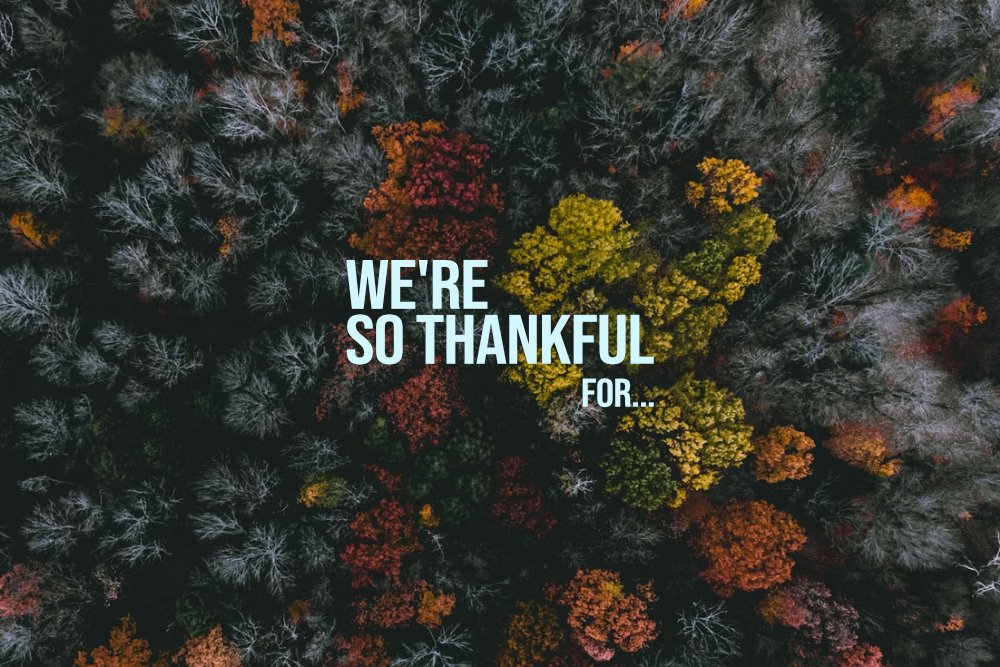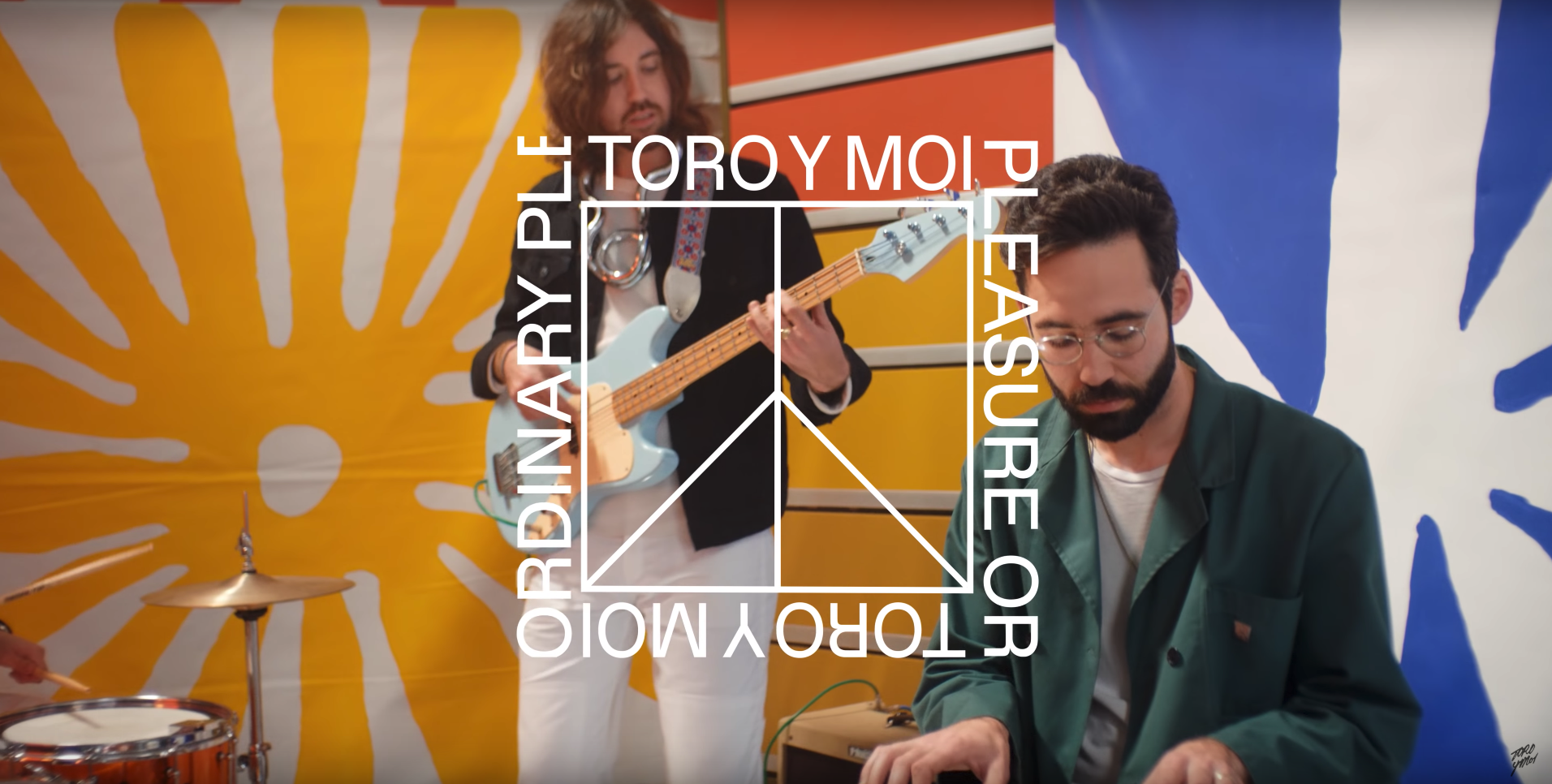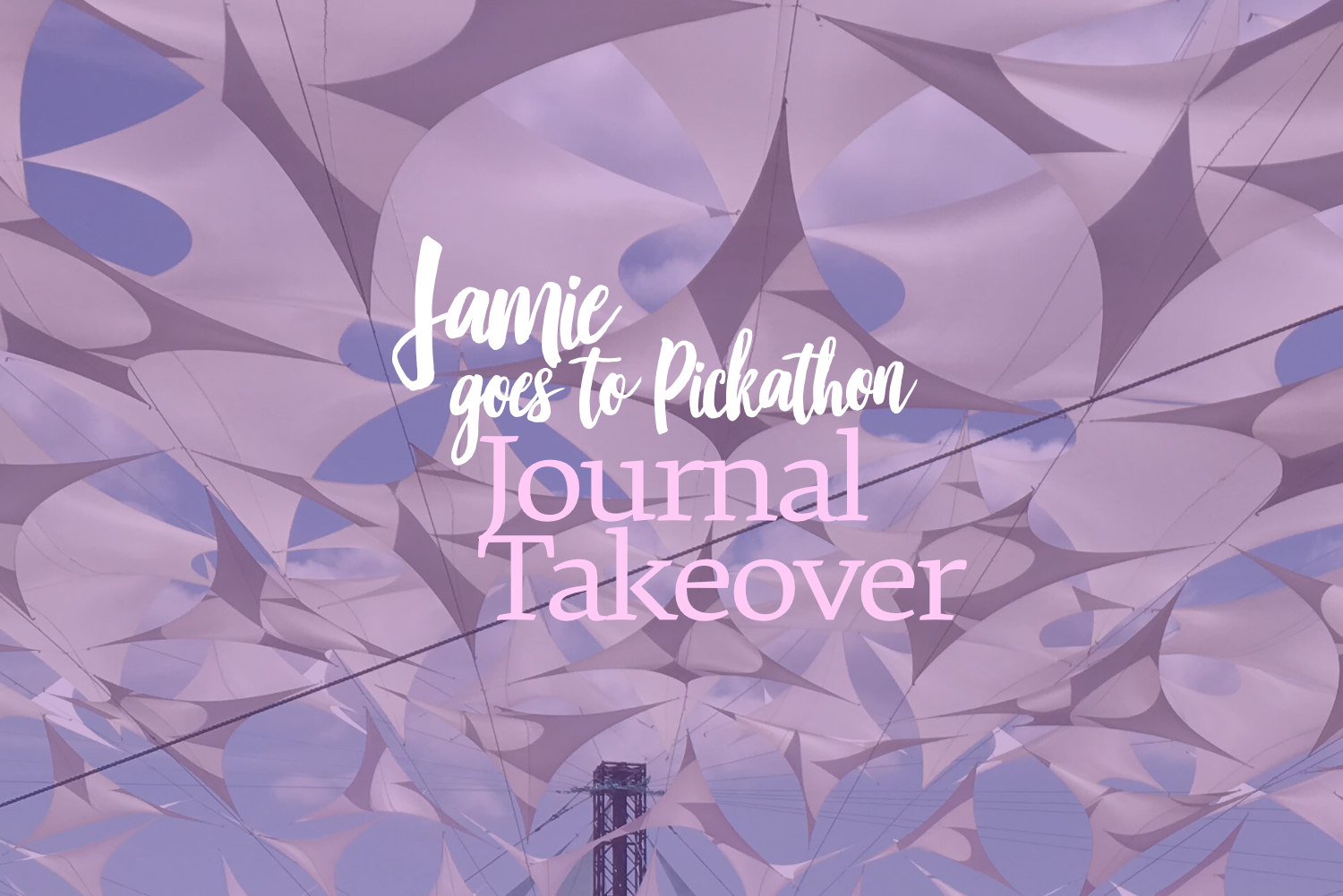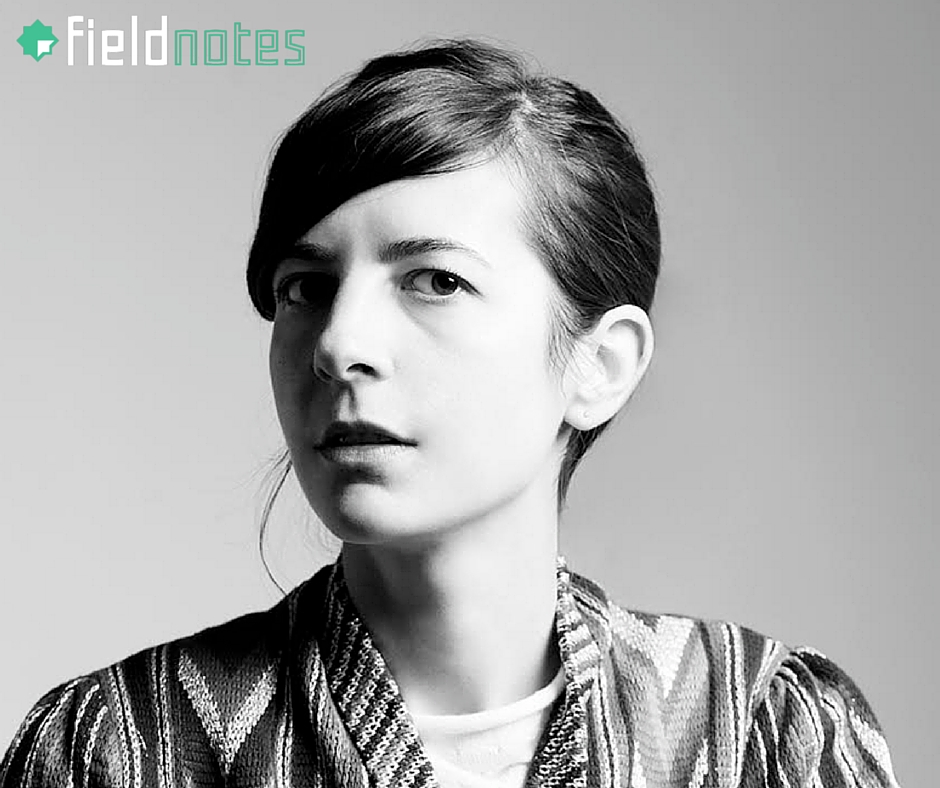
Photo by Erika Hokanson
Field Notes Interview #64: Camille de Galbert, Filmmaker

The new short film SIMON from French filmmaker, Camille de Galbert, blurs the line between waking and dreaming states — and a lot of this has to do with her use of music.
We were absolutely floored by Galbert’s recent film. It blends together classic film noir aesthetic with performance art and experimentation. Each scene is thoughtful and well crafted — this includes the sound design and soundtrack. Part of what makes the film so captivating and immersive is how the music is as much a character as anything else. For Camille, who now lives in Brooklyn, her approach to finding the right soundtrack relies on using it as a vehicle to transport the imagery from one place to the next.
We chatted with Galbert about her upcoming film and how she’s used a lifetime of being around art to inform her creative process.
M: Why film? What compelled you to be a filmmaker?
CG: Back home, I grew up surrounded by art and culture. My father had a small contemporary art gallery, my mother was an actress, my grandfather collected classical instruments and all my siblings studied an instrument. I myself studied dance from a young age and spent my childhood in dance conservatory schools. I came to New York when I was 19 to study at the Merce Cunningham Studio, while also painting and drawing on the side. Then I had a knee surgery that stopped my career. It was tough physically and psychologically. I needed to express myself artistically and decided to orient myself toward film as it was the only medium that combined movement, visual, performance and music — all these elements that surrounded my life. It was a relief and a renewal.
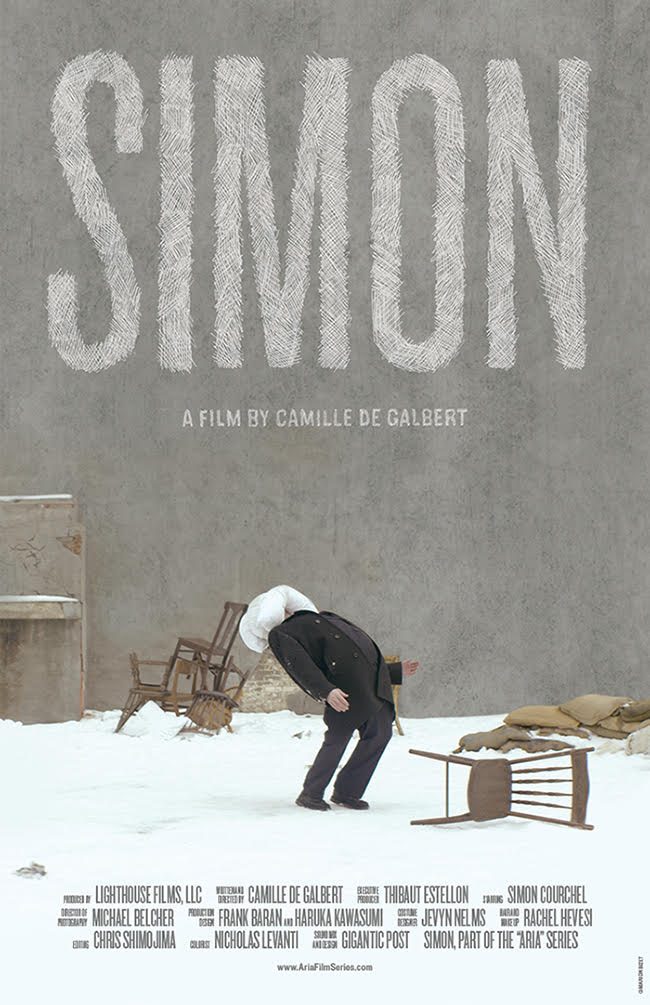
3. What’s the most rewarding and frustrating part about being a filmmaker?
CG: Being able to work with a team that inspires and trust you in your creative decisions is extremely rewarding. The obvious frustration is the budgets that filmmaking requires. My work and creative thoughts call for a lot of dreamlike and oniric elements that require proper SFX and set design to work artistically. There is unfortunately no shortcut for these, and it’s impossible to self finance this type of cinema. It requires talent, time, and resources. I’m now working on MARIE, the next chapter for this film series, a feature which will have visual and narrative elements a la Terrence Malick and David Lynch. I know it will be a long road to get it financed and produced. But to me the most frustrating aspect is perhaps this continuous self doubt I can feel as an artist; it’s tough to wake up and realize that all the work you’ve done the past few months needs to be scrapped and redeveloped. It can be both rewarding and a curse.
M: What was the inspiration for SIMON?
CG: SIMON is a cross over between a narrative drama, a performance piece and an experimental film. I drew from my childhood but also from personal experience. I’m a mother of two young children and I started to write SIMON after the birth of my daughter. I was in a period of self doubt, and I think having children has led me to ask myself questions and reconsider what I was doing. When I started to write SIMON, I had the music of Alexander Balanescu in mind. He’s a composer from Romania, and is known in the contemporary art world for having worked with choreographers such as Pina Bausch, who also had a huge influence on me. That’s why I have a choreographic approach to film as I often start to transform images and visuals into a ballet form. My dreams are also a strong source of inspiration. I remember all my dreams very well and I draw a lot from these, both good and bad things. With SIMON, I wanted to show the passage between dream and reality, between interior and exterior, as well as the extreme solitude of the performer before entering the stage. Everything was based on personal experience, feeling, dreams and memories from my childhood.
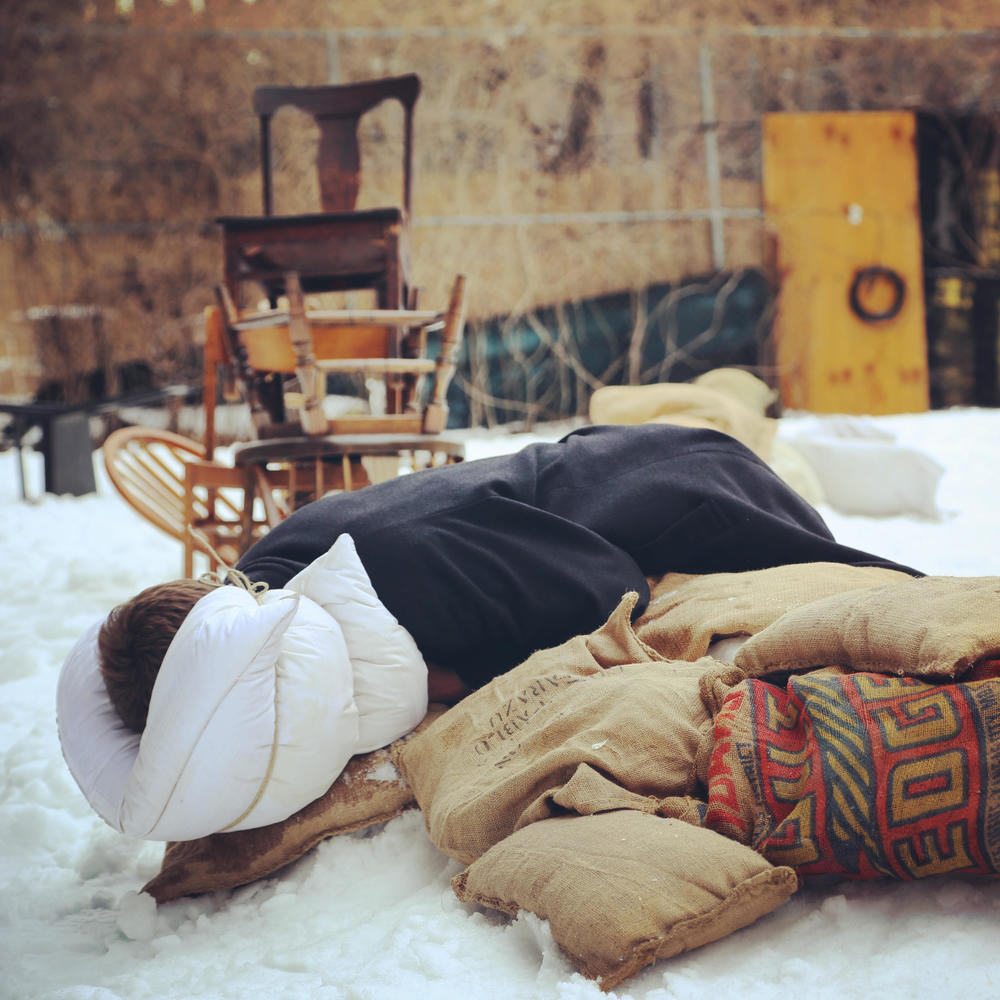
I think it acted as a catharsis for me and seems to act the same way on other people too, as this film resonates strongly with the audience. Having people connect with it and express strong feelings about it is by far the most humbling and rewarding part of having made this first film.
M: How do you feel music has a role in film? How do you feel music is misused in film?
CG: Music in film needs to be controlled properly. It needs to reinforce the visual storytelling aspect of film, and the message or story being told. It has to be properly balanced to be effective. You don’t want to notice it, but you also want to make sure you are not missing it. For SIMON, the soundtrack reinforces the sadness and loneliness aspect of the film
M: What was the process in finding the right soundtrack for SIMON?
CG: I think I have all the albums from Balanescu and I knew from the start I wanted to use his music. I was looking for emotional violins with a touch of eastern European influences, and his music was the perfect match. We also picked a prelude for piano by Alexander Scriabin which I admire very much too. We also contacted the team at Marmoset, who hand picked several tracks for a specific scene, and we went with “One and Only” by Ramova, which revealed to be perfect.
M: What’s the most recent album you’ve listened to?
CG: Love Songs for Robots by Patrick Watson (2015). I’m a huge fan of his work and would love to collaborate with or even direct a music video for him!
M: When did you know you were finished with the film?
CG: Music and sound was key from the start so the film truly came to life after the sound mix. We worked with Kevin Peters and Steven Tollen from Gigantic Studios in New York who were extremely supportive from the start. They understood exactly what I was trying to achieve and really brought this to another level. I also think it was fun for them as we really experimented and tried to create something unique with the soundtrack and sound design.
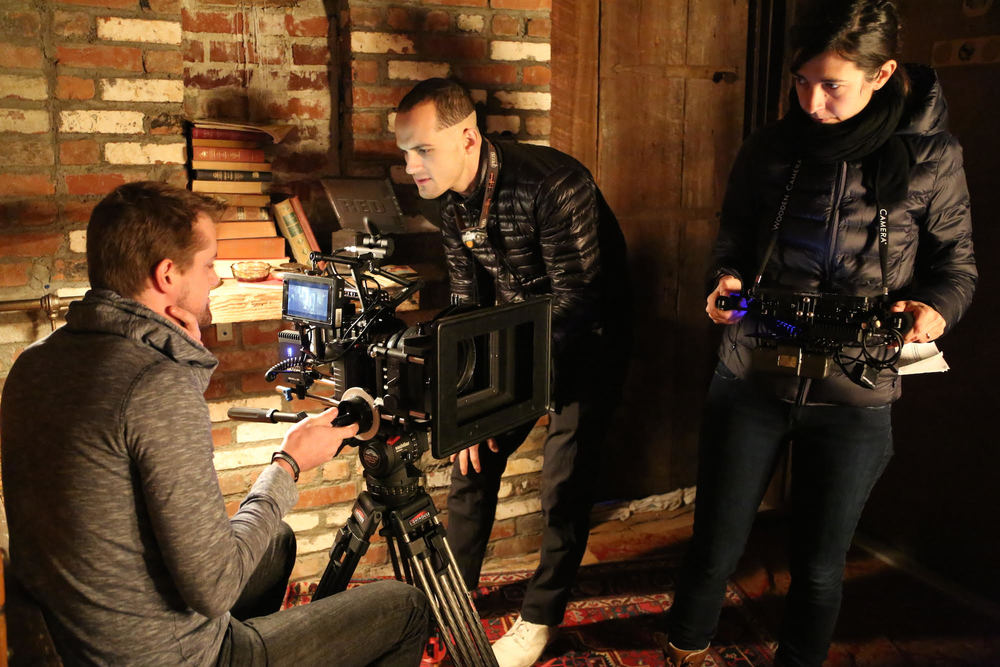
M: What makes a good story?
CG: To me a good story is a story that resonates with the audience, triggers some emotions or reactions and brings a new perspective on a subject.
M: What’s coming up on the horizon for you?
CG: I’m working on the next chapter of this Aria Series, which is a feature titled MARIE. It tells the story of a woman who is run over by a car in the streets of New York. A strange man accompanies her. While we follow her journey between life and death, we learn through a series of flashbacks about this man, as well as her complex relationships with her grandmother, and mother. It will be much more narrative but will still feature surrealist and dreamlike elements a la David Lynch.

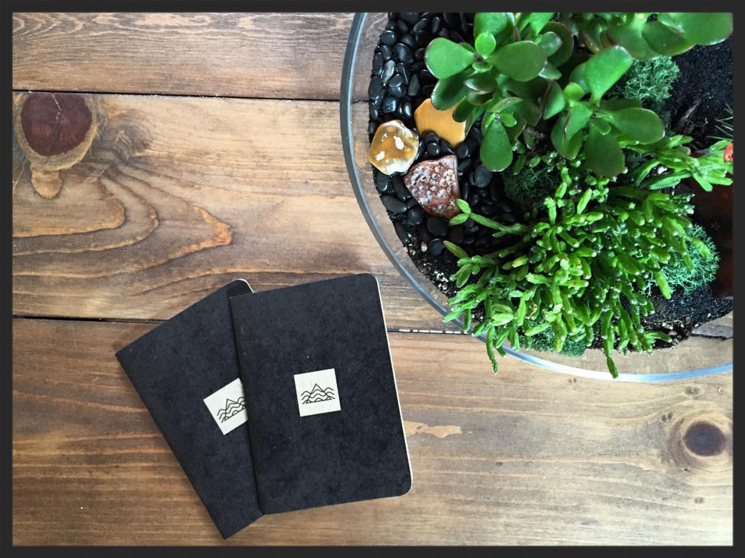
Have a recent short film you finished? Share it with us at sharing@marmosetmusic.com and we’ll feature our favorites on the journal next week. Featured filmmakers will get our new Listening Guide and other sweet swag.

